Every budding coffee drinker goes from drinking coffee at different cafes, to brewing their own at home. After all, what better way to find the perfect flavors than to make your own cup? All this, however, begins with choosing the right coffee beans.
You don’t need training or a well developed palate to distinguish good quality beans from the sub-par ones. All you need is a grinder, a working brewer, your ingredients, and enthusiasm.
The taste of your coffee depends on several factors—brew time, brewing temperature, grind size, and the beans themselves. The roast type depends on the drinker’s preference, while the brew time also depends on the kind of coffee you want to create. What truly makes a winning drink is the roast date of the beans though.
In this article, we’ll talk about the importance of roast dates, as well as tips to create a delicious cup of coffee.
The Importance of Roast Dates for a Delicious Cup of Coffee
People often believe that an excellent-tasting coffee relies on the coffee beans. This is partially true. However, one of the things that can significantly affect the taste is the roast of your beans. There are three main roast levels of coffee beans: dark roast, medium roast, and light roast.
However, what truly determines its flavor and quality is the roast date. You may purchase the best beans from your favorite shop, but pay attention to the date the beans were roasted because the quality diminishes the older they get.
The taste and quality depend on freshness because the beans slowly release carbon dioxide after roasting. When the carbon dioxide is replaced by oxygen, it can cause the beans to become stale.
What Happens to Coffee Beans After They Finish Roasting?
To fully understand the importance of roasted coffee beans, we need to understand the roasting process. When coffee beans are roasted, carbon dioxide forms. Once the roasting process is finished, the beans gradually release carbon dioxide in a process called degassing.
Degassing varies depending on the type of coffee (origin of the beans) and roast level. It can therefore take anywhere from 2 to 14 days until the coffee is ready to brew. However, the ideal time for brewing coffee depends on the roast profile. Knowing this can tell you the perfect time to start brewing.
Simple Tips for Optimum Quality Coffee
To get the best quality coffee, you need to consider the storage of your beans. Coffee roasters use one-way valves on coffee bags to allow for the carbon dioxide to escape from inside the bag without allowing oxygen to enter the sealed bag.
Another tip is to always buy whole beans and store your coffee in an airtight container. If you buy your coffee pre-ground, the grounds will oxidize more quickly. Grind the beans right before brewing for the best flavor. Lastly, buy your coffee from a local roaster to ensure that it is fresh.
Conclusion
Coffee is part of daily life. You don’t need to be a professional barista to create fresh and delicious coffee every day. All you need to do is to follow a few simple tips for choosing the right coffee beans, and remember to check the roast date!
Do you want to buy the best coffee beans? Kunjani is a women-owned coffee shop and coffee roaster. We offer delicious and fresh specialty coffee beans that you can easily check out on our website. Browse our products now!
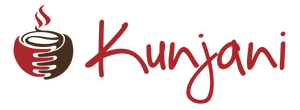
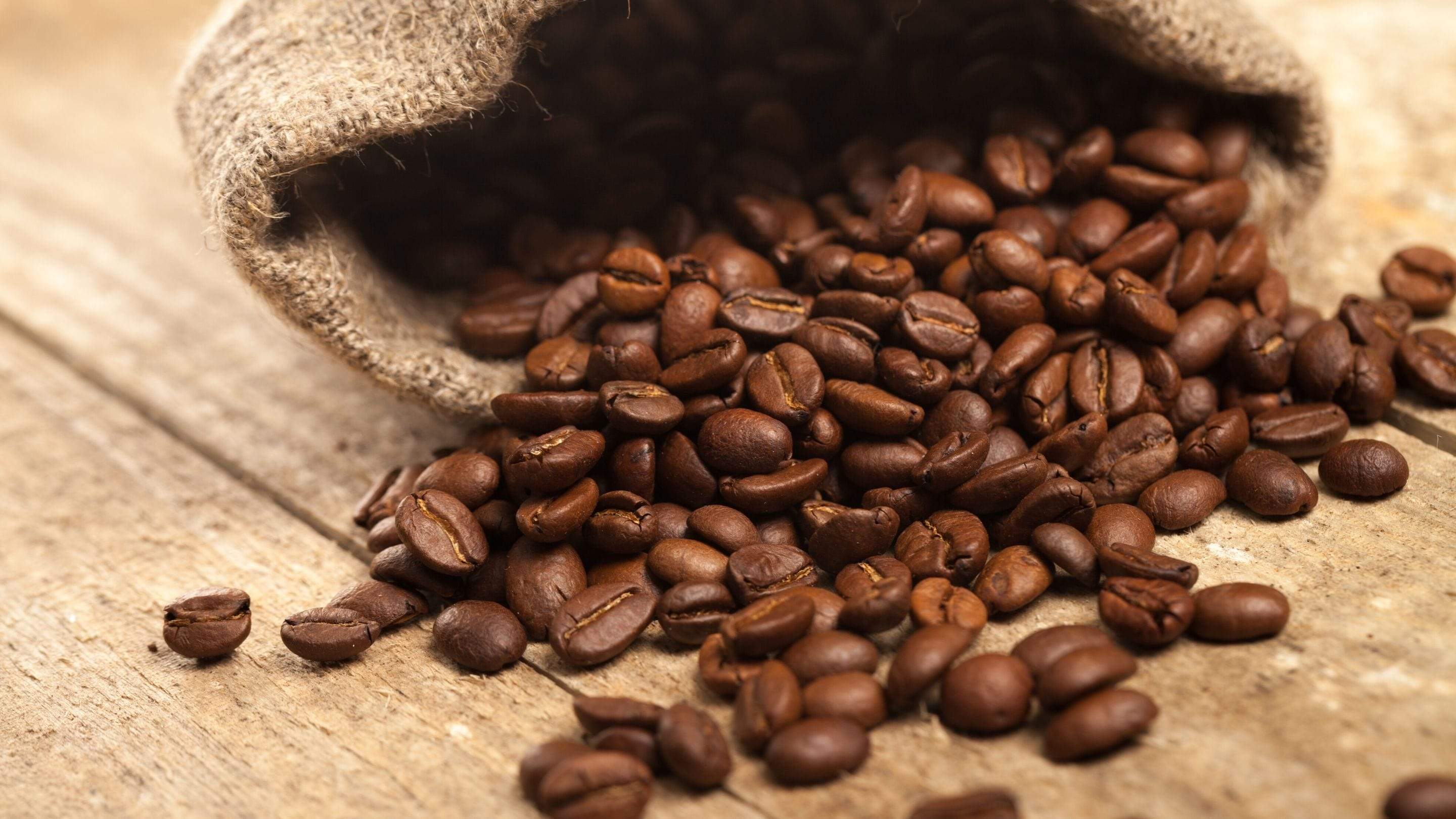
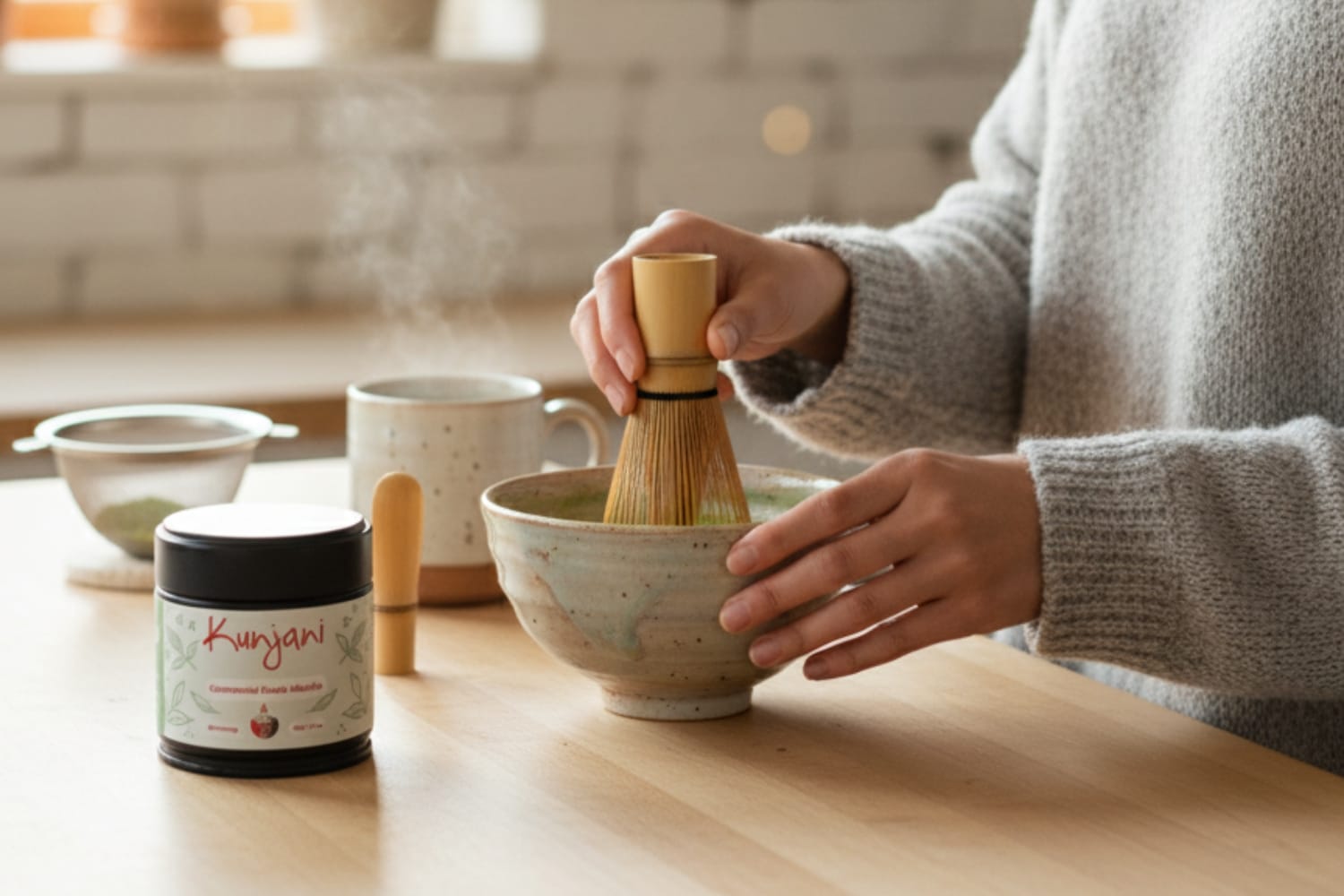


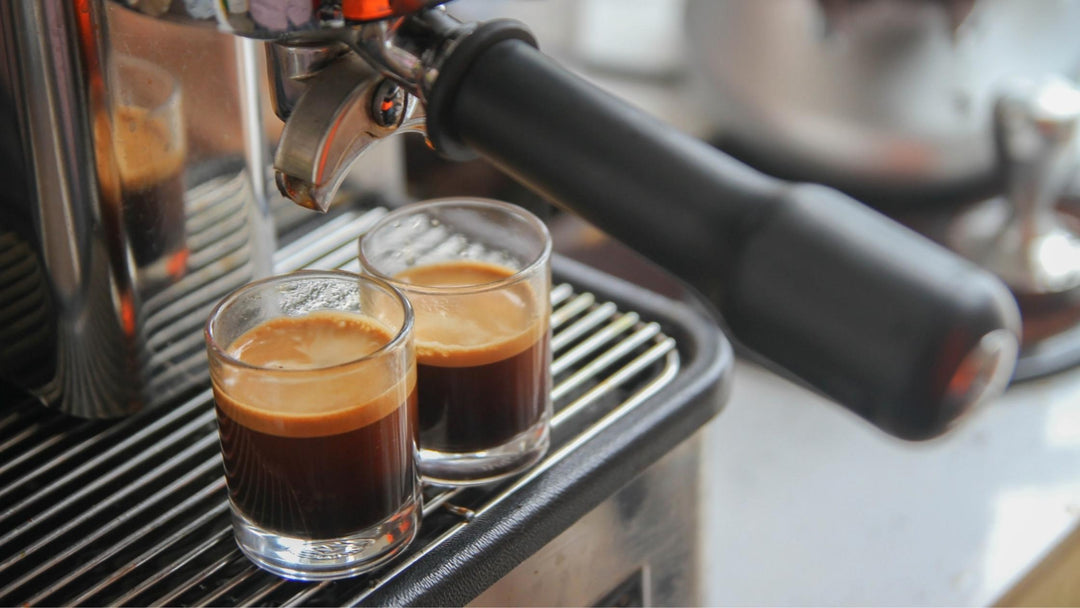

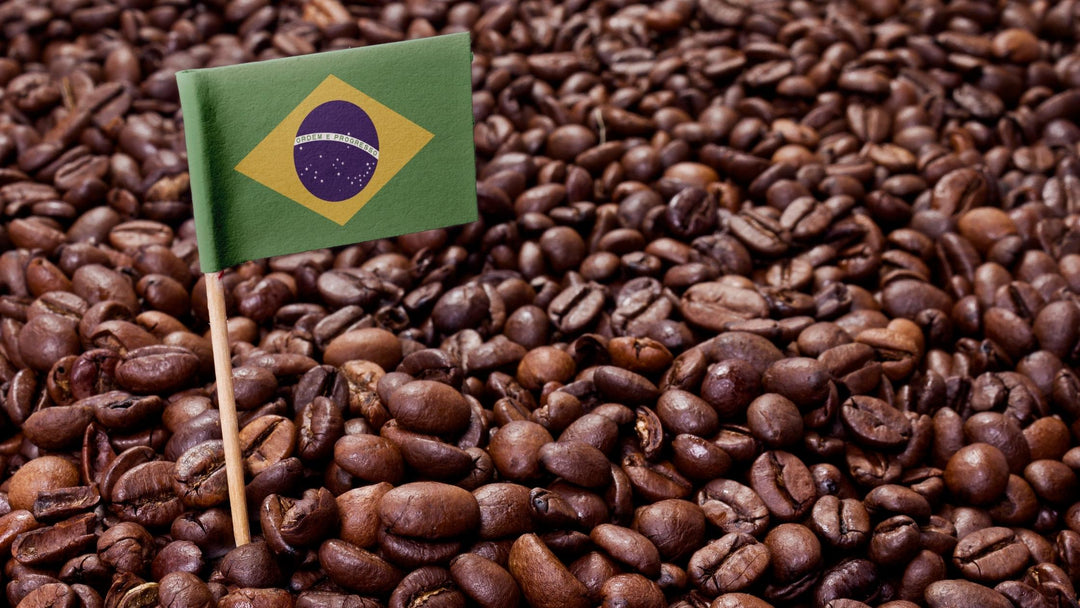
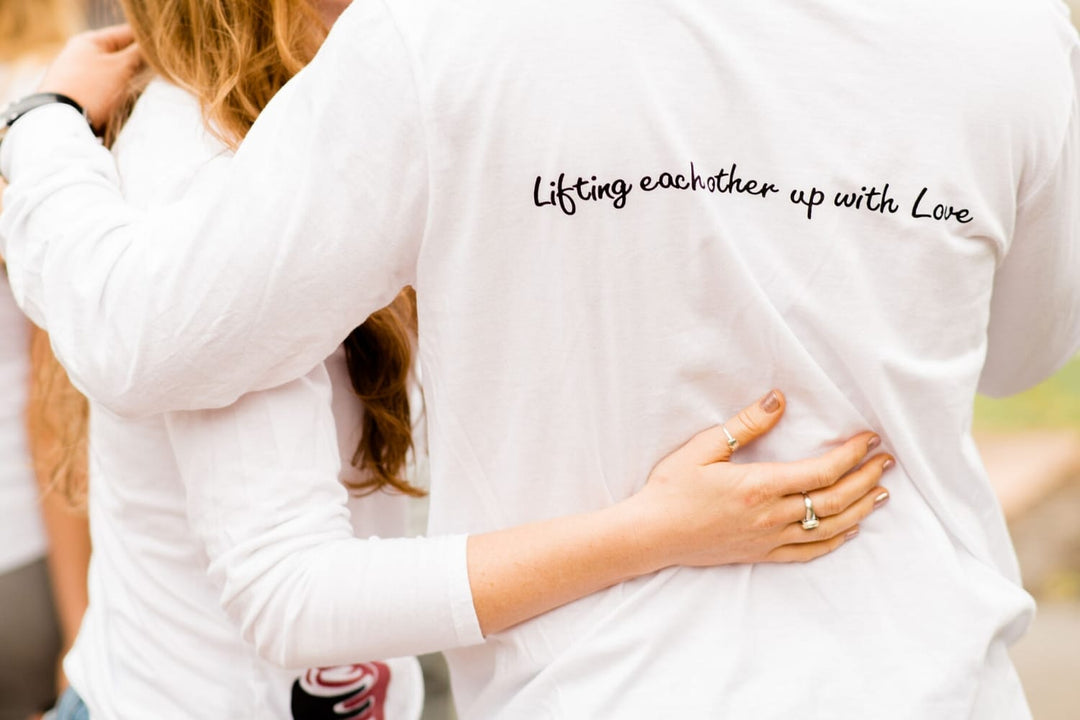
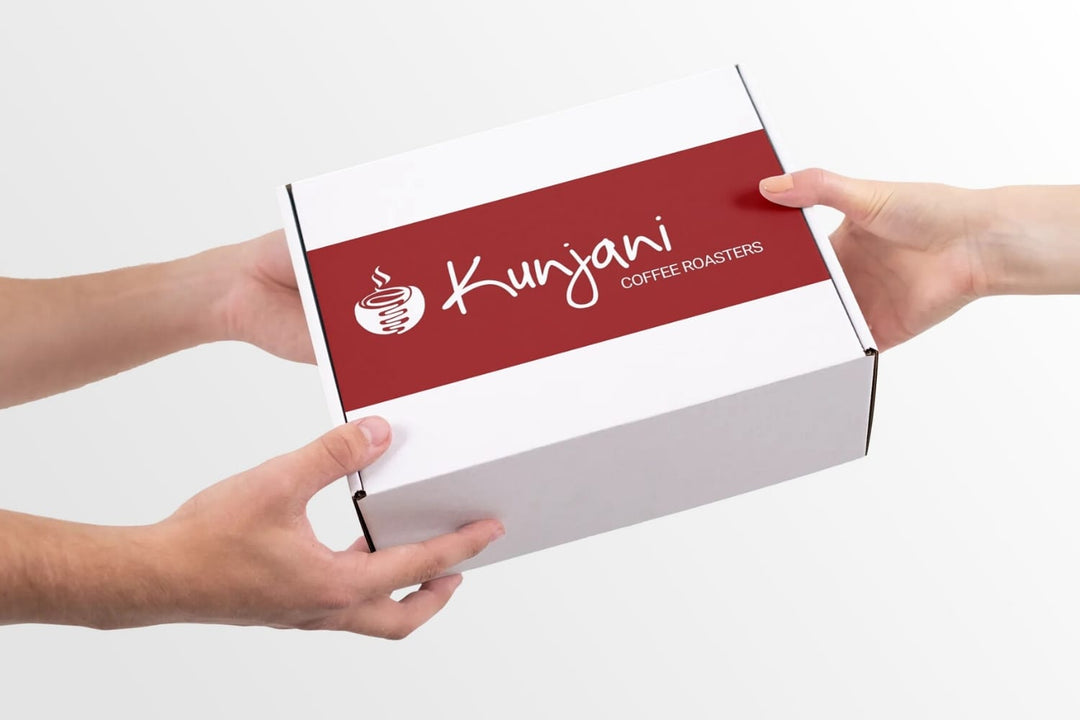
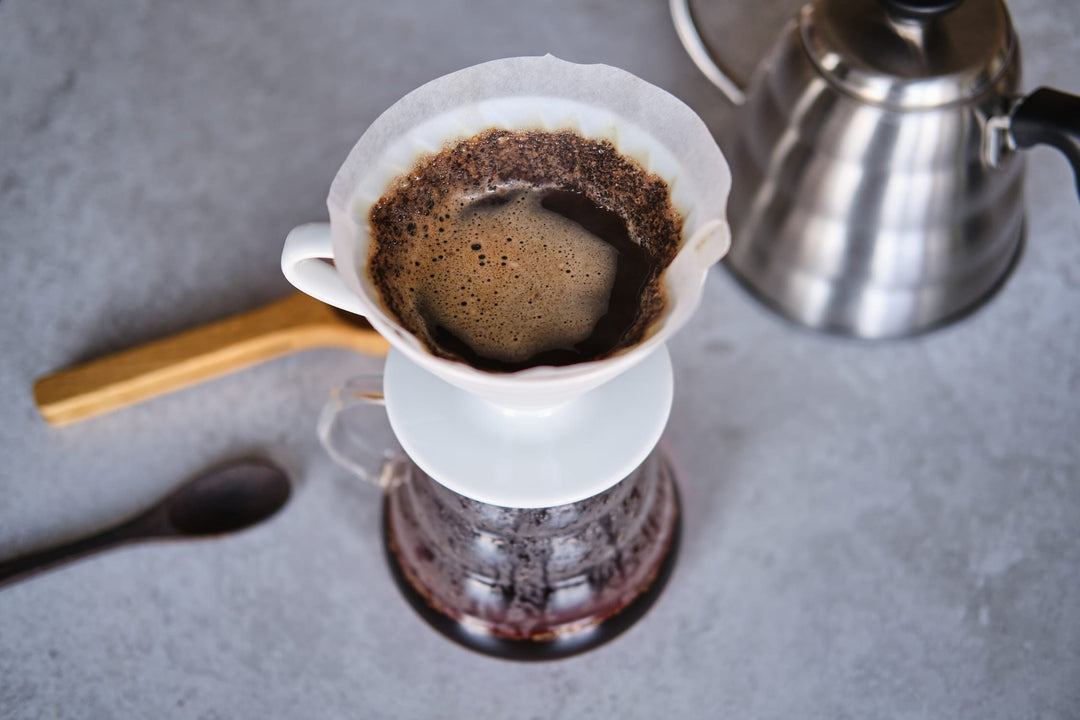
Leave a comment